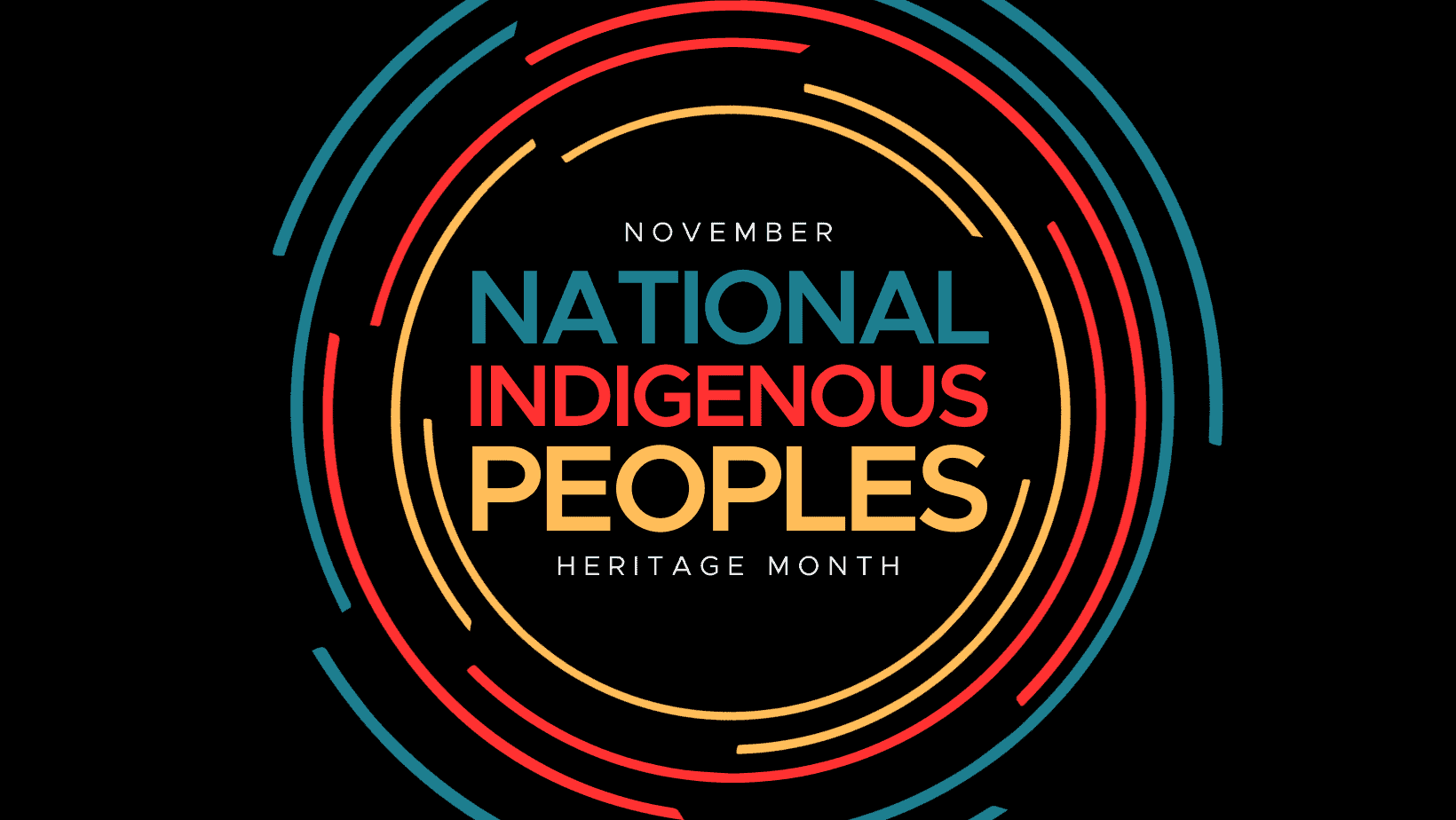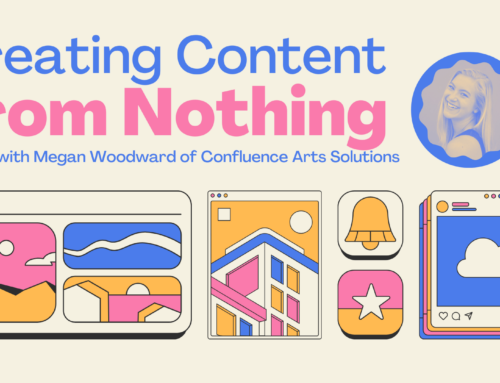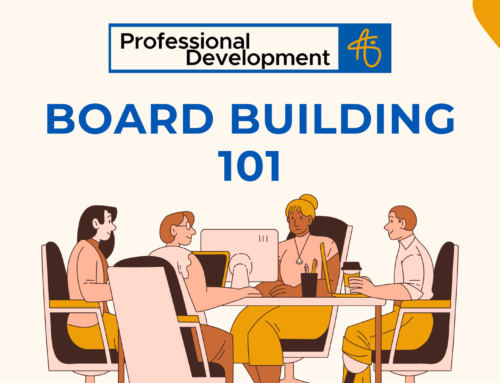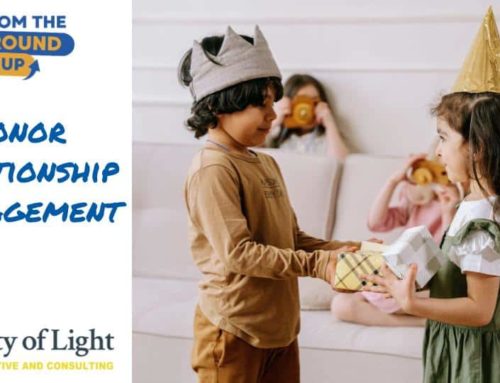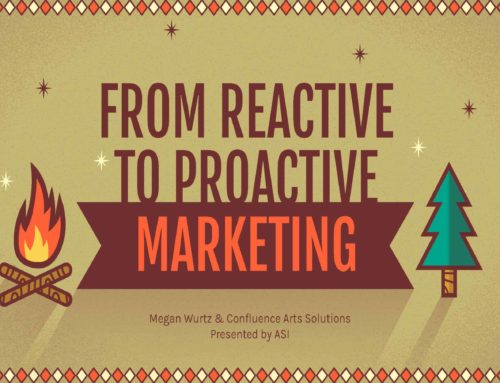November is National Indigenous Peoples Heritage Month, an opportunity to honor the stories, achievements and resilience of Indigenous Peoples, who have lived on this land since time immemorial and whose presence continues to impact our evolving nation.
In recognition of the significant contributions made by the first Americans to the arts and cultural landscape of our region, we have curated a resource list that highlights Indigenous art, artists, and cultural centers. By making time to view and gain perspective, we can join in the preservation and celebration of Indigenous cultural traditions and witness the artist and cultural curators who are shaping the future. The complex histories of Indigenous Peoples and the tremendous cultural diversity among the more than five hundred tribes of North America make it irresponsible to reduce their contributions into a singular connection with art.
The Johnson Fellowship honors individual artists who demonstrate a sustained commitment to civic participation through their work, and who have made a positive and meaningful difference to inspire, inform, engage, challenge, animate, and celebrate communities through arts and culture.
2023 Johnson Fellow recognizes G. Peter Jemison, of the Heron Clan from the Cattaraugus Territory, Seneca Nation, is a multi-media artist and recently retired site manager of Ganondagan, a New York State Historic Park in Victor, New York.
In partnership with Seneca Nation community member Olivia Maybee, the Carnegie Art Center will host a group art exhibition featuring tribal members of the Seneca & Tuscarora Nations during the month of November 2023 in correlation with National Native American Heritage Month.
Visual artists in the group show will include Seneca artists Hayden Haynes, Sam Jacobs, Mary Jacobs and Olivia Maybee in addition to Tuscarora artists Robert DAlimonte, Erwin Printup and Kehala Smith.
Established in the early 1990s, the Folk Arts Program of the Castellani Art Museum of Niagara University collaborates with local communities and artists in preserving and presenting their traditions to a wider audience through Fieldwork, Exhibitions and Programming.
Their work in the Buffalo-Niagara region; Recognizes the artistic contributions of the region’s many diverse peoples; Promotes a better appreciation and understanding of cultural differences; Calls attention to the cultural resources that give our region its unique character; Helps preserve our region’s cultural heritage for future generations.
The museum Folk Arts program is currently led by Edward Y. Millar, and was previously led by: Kate Koperski (founder), Claire Aubrey, Carrie Hertz, and Valerie Walawender.
A feature film that focuses Native American traditions, community, and individual and institutional trauma experienced by Native American persons from our region.
Produced and directed by Valerie Wallawander. Recently premiered at Gowanda’s Historic Hollywood Theater, the Buffalo International Film Festival, the Stockholm City Film Festival, and the Cannes World Film Festival. It will be screening at SUNY Fredonia on March 1st, 2024 at Rosch Hall at 6:30 pm.
K Art Gallery is unique — it is one of the only Native American-owned commercial art galleries with a primary and robust focus on the works of established and emerging Native American, First Nations and Indigenous contemporary artists.
The gallery has presented numerous successful solo and group exhibitions since its debut in 2020, and has published two well-received exhibition catalogues. K Art participates in many selective art fairs and has placed works of its artists in the permanent collections of internationally renowned museums, including the Museum of Modern Art, the National Gallery, the Buffalo AKG (formerly the Albright Knox) and others.
This Web portal is a collaborative project of the Library of Congress and the National Endowment for the Humanities, National Gallery of Art, National Park Service, Smithsonian Institution, United States Holocaust Memorial Museum and U.S. National Archives and Records Administration.
Includes exhibits, collections, audio, video, and resources for educators.
The Native Arts and Cultures Foundation advances equity and cultural knowledge, focusing on the power of arts and collaboration to strengthen Native communities and promote positive social change with American Indian, Native Hawaiian, and Alaska Native peoples in the United States. Opportunities include access to funding, early career support, literature initiatives, special events, and more.
Native American art is primarily viewed through a historical lens. With little space or recognition for contemporary Indigenous artwork, the contemporary affairs, challenges and ambitions of Native people and communities are neglected.
Native people are not sidebars, footnotes or distant reminders of our history. They are more than five million people living in every state. They are your neighbors. And they are a creative and expressive force in contemporary life that deserves a spotlight beyond the lens of historical observation.
The Native Roots Artist Guild is a non-profit community organization dedicated to promoting and supporting Haudenosaunee artists. The guild was founded in 2010 by a group of volunteer artists and is led by a board of directors elected by member artists. Since its inception, the guild has strived to expand the market base and opportunities for member artists. This effort has moved Native artists from local to regional and national levels. By following the high standards set by the guild, collectors and museums are ensured quality artwork reflecting Native impressions and expressions of indigenous culture.
This fact sheet summarizes some of the available history of Indigenous people in what is now known as Western New York and provides information on the contemporary state of Haudenosaunee communities. Intended to shed light on an often overlooked history, it includes demographic, economic, and health data on Indigenous people in Western New York.
It was drafted by Kristin Szczepaniec, Collaboration and Research Specialist at Cornell in Buffalo ILR and the Partnership for the Public Good. She is a native of Western New York and identifies as Seneca, hawk clan, and Polish.
The Seneca-Iroquois National Museum proudly houses an extensive collection of Hodinöhsö:ni’ historical and traditionally designed decorative and every-day-use items and archaeological artifacts. SINM, along with the Seneca Nation Archives Department, are the safe keepers of historical documents, including articles, special publications, historical and family photographs and various multi-media productions regarding the Onöndowa’ga:’ and Hodinöhsö:ni’.
Months-long, national resource for events, catalogs, collections, exhibitions, and podcasts.

